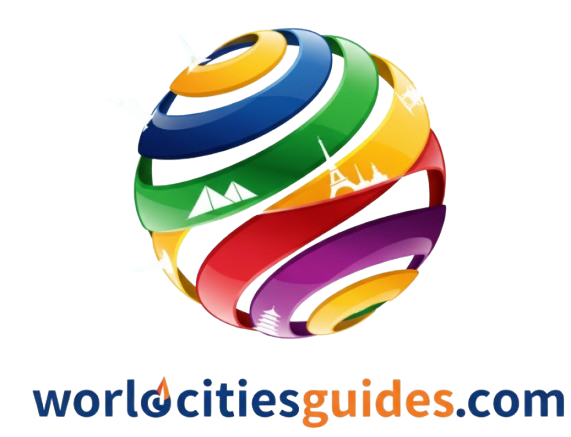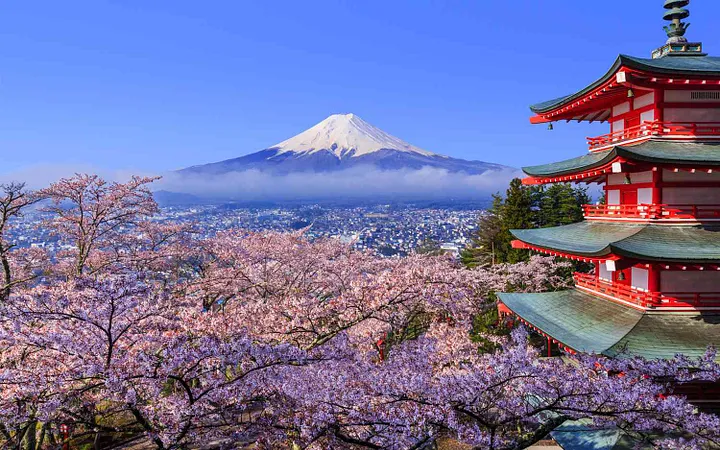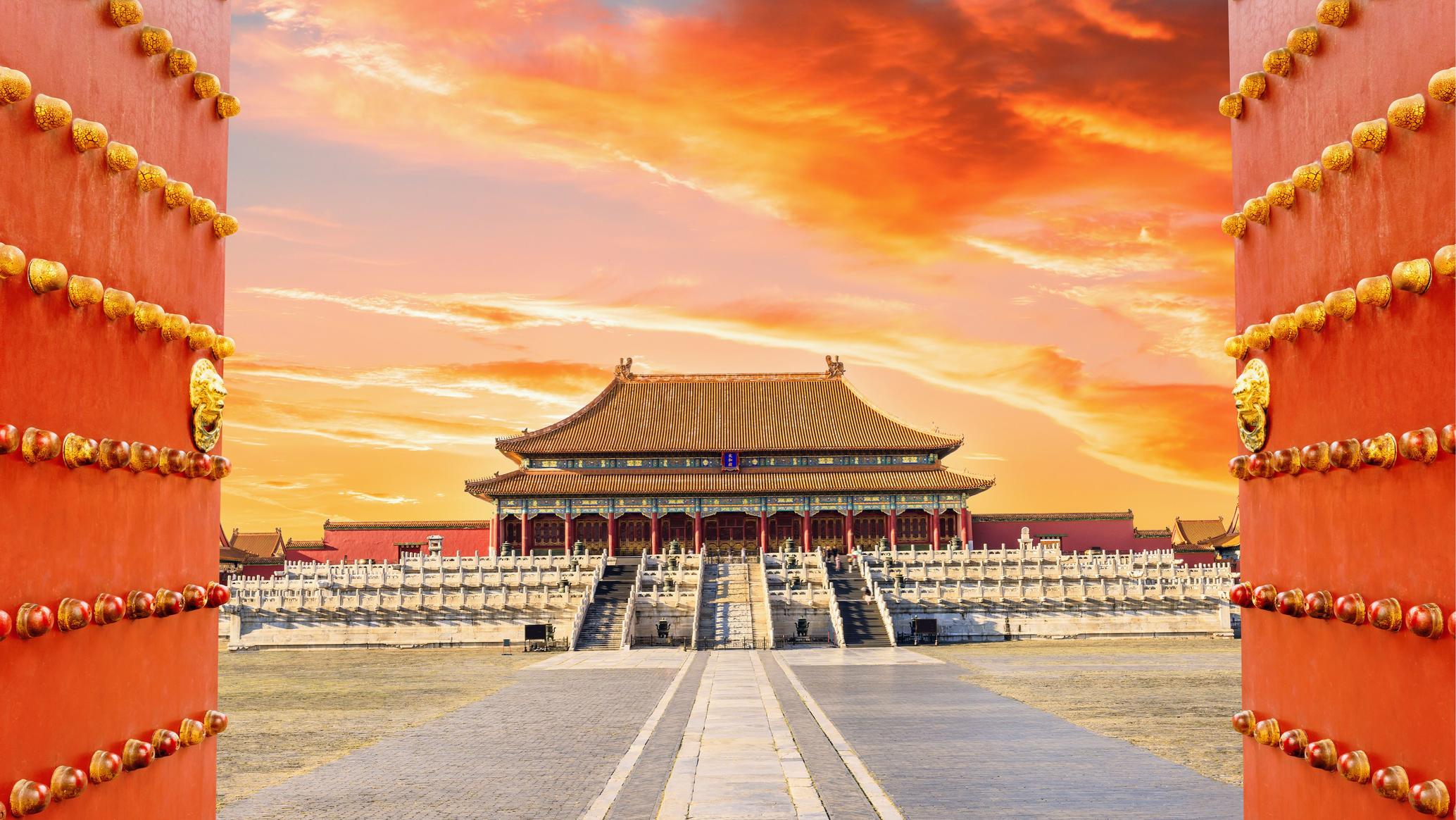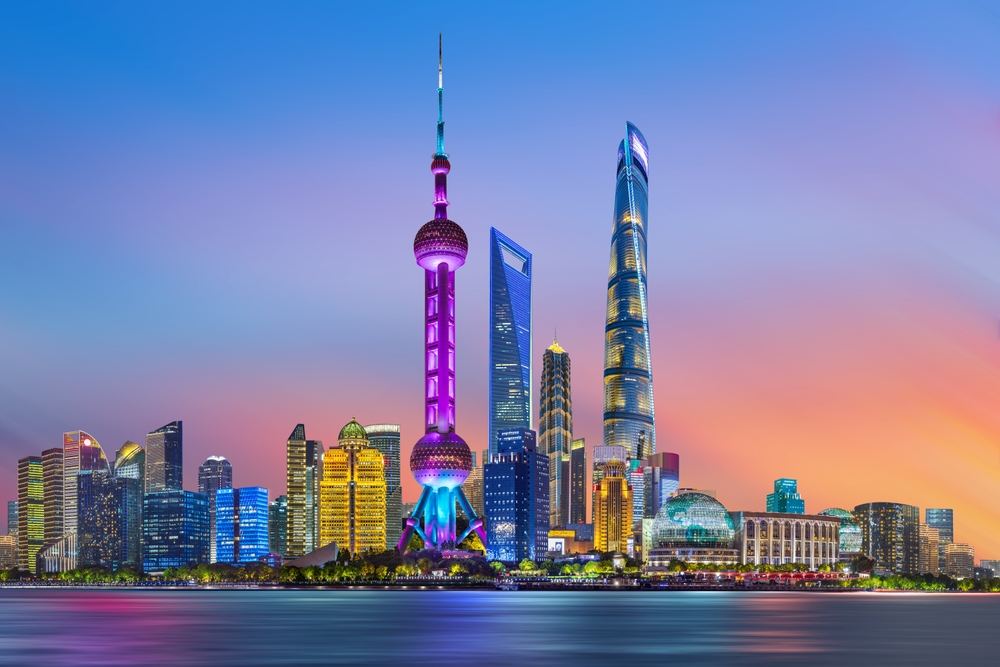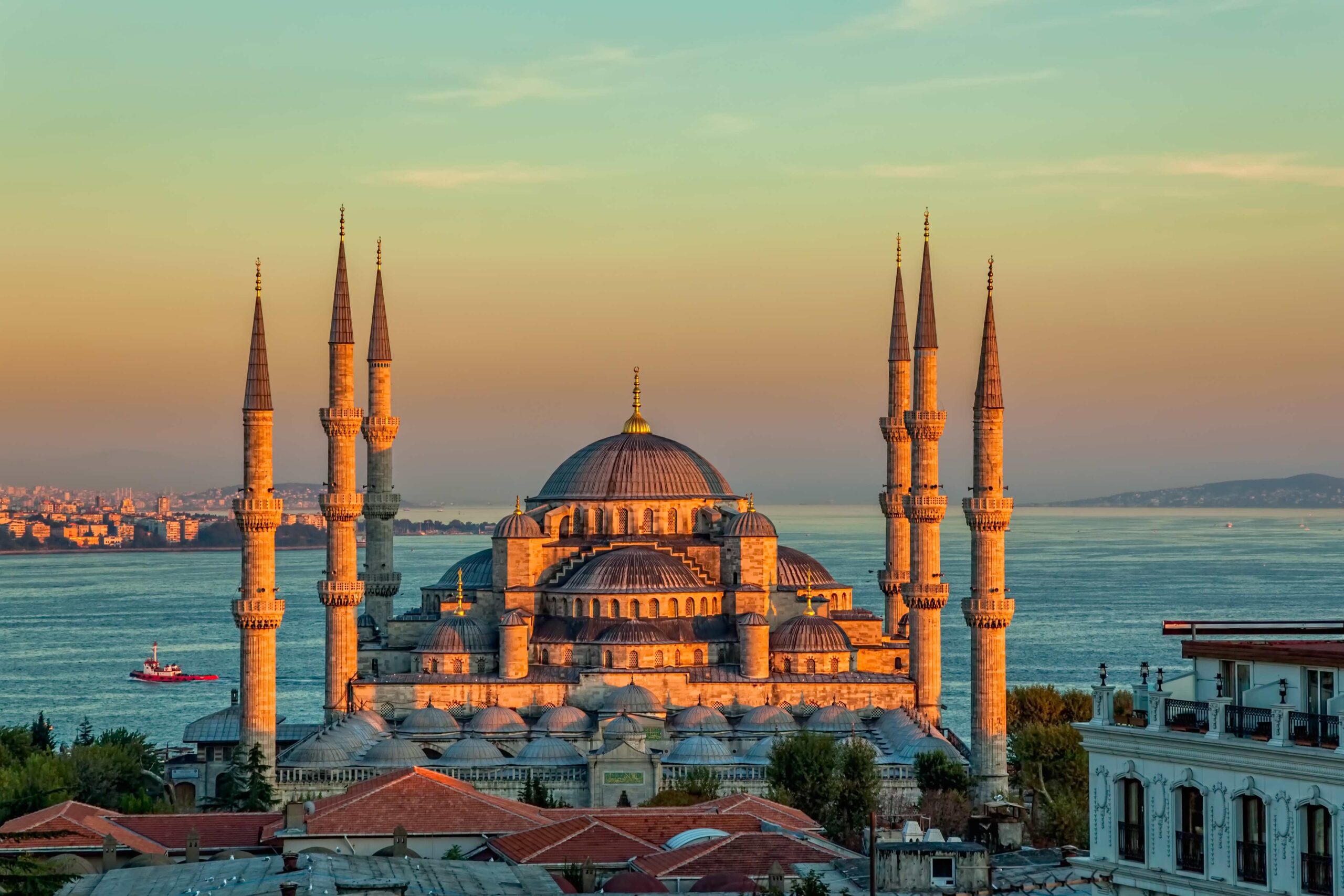Tokyo is a city of contrast: Centuries-old temples stand in the shadows of state-of-the-art skyscrapers. It’s a city that never sleeps yet still allows room for quiet moments in tranquil gardens and tea houses. Place Name: Tokyo As Japan’s capital and one of the leading cities in the world, Tokyo is much, much more than a busy metropolis — it’s a cultural center, an industrial giant, and a spiritual place all in once.
A GLIMPSE INTO TOKYO’S HISTORY
The history of Tokyo goes back well before it became the world megacity that we know today. A small fishing village called Edo, the district emerged as a significant political center in 1600 when Tokugawa Ieyasu established the Tokugawa shogunate there. Edo outgrew the former imperial capital, Kyoto, by the 18th century and became one of the largest cities in the world.
When the emperor made the move from Kyoto to Edo in 1868, he called it Tokyo — or “Eastern Capital.” It was the first step to Japan’s modernization, known as the Meiji Restoration. Over the next century, Tokyo encountered unimaginable hardships — from the catastrophic 1923 Great Kanto Earthquake to being leveled in World War II. But each one, it emerged stronger, more modern and more resilient.
Exactly, today Tokyo is the epicenter of finance, technology, fashion and entertainment in the world but at the same time preserved its traditional values and culture.
POPULATION AND DIVERSITY
The 23 Special Wards of Tokyo have a total population of approximately 14 million out of the prefecture’s population of 13.6 million, and officially forms the Greater Tokyo Area, while it does not cover all of the metropolis’ urban area. For such a large city the place is amazingly orderly and clean, not to mention safe.
Although Japan is a largely homogeneous society, Tokyo offers many if not most of the cuisines of the world since it’s teeming with expats from every corner and culture. It has developed in recent years a large expatriate, foreign worker and international student population. This mix of people creates the kind of vibe that makes you constantly feel like Tokyo is juxtaposing tradition with influences from all over the world.
LANGUAGE SPOKEN
The official language is Japanese, and Tokyo’s version of the language is perhaps the closest relative to a “standard” form (at least for the Kanto region) compared with other areas shaped by their specific dialect.
More and more English is spoken, particularly in touristy places, train stations and big shops. Many signs are bilingual, and many younger people learn English in school, although the level of conversational fluency can vary. Basic English and gestures are normally sufficient for visitors, while there are also translation apps that facilitate communication.
CURRENCY AND ELECTRICITY
The currency used in Tokyo, and throughout Japan, is the Yen (¥). Credit cards are increasingly accepted here, but cash is still king in much of the city, particularly at smaller restaurants and markets and in vending machines. Post offices, 7-Eleven stores and international banks are among the locations with ATMs where foreign cards may be used.
Japan has a unique electrical system: 100 volts with either Type A or Type B plugs. These are the same as those in the U.S., except for a lower voltage. Visitors from most other countries will require a voltage converter and a plug adapter, especially if you have an appliance that does not support dual voltages.
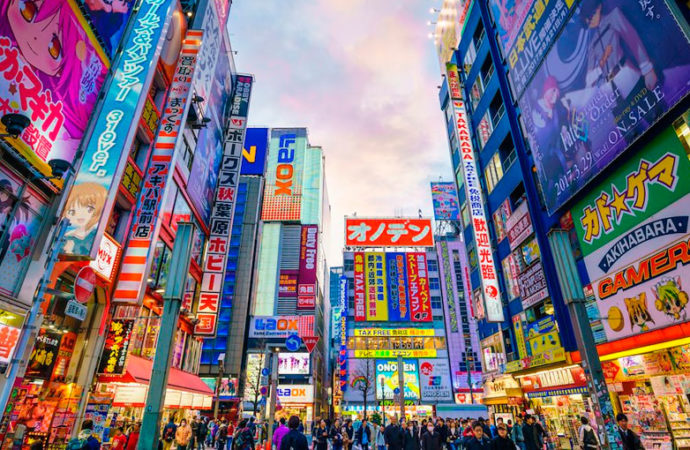
TOKYO’S UNIQUE CLIMATE
Tokyo has a humid subtropical climate (Köppen: Cfa), with mild annual variation and with long, hot, humid summers and short, cool to cold winters.
Summer (June-August): Temperatures can surpass 30°C (86°F) with high humidity. Each July witnesses some rain because it’s the rainy season.
Winter (December to February) – Cold with little moisture; temperatures seldom fall below 32°F (0°C). Snow is rare but possible.
Spring and Autumn: This is the best time for these are seasons of moderate temperature with good weather. Cherry blossoms are for spring, and colorful leaves are for fall.
Natural calamities such as earthquakes are a fact of life in Tokyo. The city is so structured and ingrained with safety that it is found everywhere – from earthquake proof buildings to public consciousness alarm systems.
FOOD CULTURE AND TRADITIONAL CUISINE
Everyone who enjoys food would love to be in Tokyo. It is home to the largest number of Michelin-starred restaurants of any city in the world, but you don’t have to break the bank to eat well. From high-end sushi counters to local ramen shops and izakayas (Japanese pubs), Tokyo has a memorable dining experience for every budget.
Here are some things you have to eat in Tokyo:
Sushi: Particularly at Tsukiji Outer Market or high-end sushi bars in Ginza.
Ramen: Deep, rich broths and chewy noodles in infinite regional variations. Slurping is socially acceptable — even encouraged!
Tempura: Seafood or vegetables that have been lightly battered, usually served over rice or noodles.
Okonomiyaki: A savory pancake made with meats and vegetables, also drizzled with sauces.
Tonkatsu: Deep-fried pork cutlet, breaded and crunchy outside, juicy within.
Street snacks: You must do takoyaki (octopus balls), yakitori (grilled skewers) and taiyaki (fish-shaped sweets filled with red bean paste or custard).
Oh, and the convenience store food — yes, it’s clean, tasty and shockingly gourmet!
GETTING AROUND: TRANSPORTATION IN TOKYO
Tokyo’s public transport system is famous for being impeccable, spotless and on-time. The interconnected Tokyo Metro and Toei Subway systems, and JR trains, service every nook of the city in an easy-to-master format that even first-time visitors can handle.
Useful for travel: IC Cards (such as Suica or Pasmo) make travel even easier—no fumbling with change, just tap and go!
Buses and taxis exist as well, but cabs are a bit pricey.
Exploring neighborhoods like Shibuya, Shinjuku or Asakusa can be done best on foot.
Cycle hire and specific lanes are apparent in some areas as cycling gains popularity.
Trains and platforms are marked in English and Japanese, and announcements are typically made in both languages.
SAFETY AND COMFORT
Tokyo is one of the safest cities in the world. Crime is virtually nonexistent, and people leave laptops and bags unattended without a second thought. Lost items are turned in to police stations consistently, and indeed found just where they were left.
Natural disasters in the way of earthquakes may strike, but Tokyo is very well-prepared. Buildings are constructed to withstand tremors, and emergency systems are in place.
And it’s also worth noting how clean and orderly the city is. There’s not much trash, despite there being no public trash cans. They follow the law of the land and the rules of manners, and everyone all feels good.
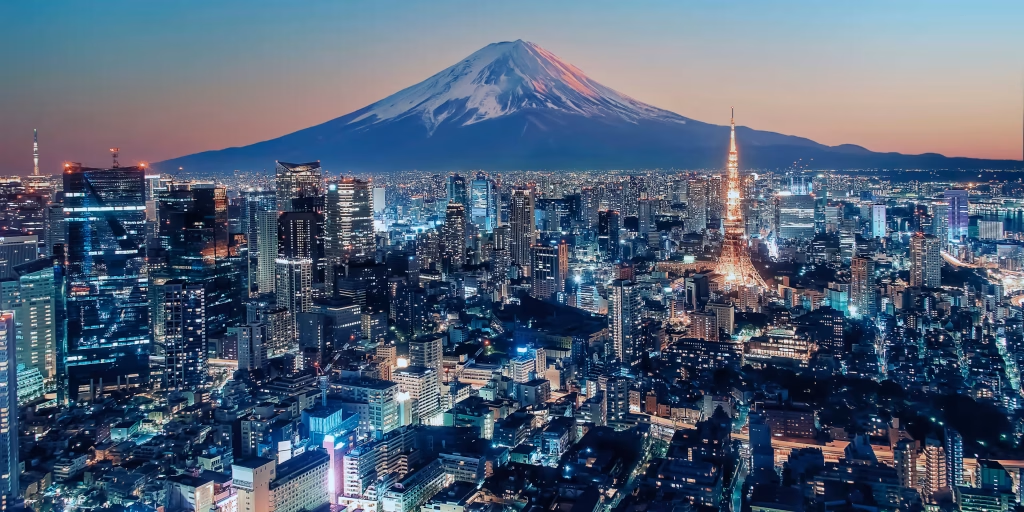
MUST-SEE ATTRACTIONS IN TOKYO
There are more things to experience in Tokyo than places to see. From ancient temples to contemporary towers, the city has a whole host of diverse attractions.
Senso-ji Temple (Asakusa): Home to Tokyo’s oldest temple, and a carnival-like set of stalls selling history, color and street food.
-Tokyo Skytree: The tallest establishment in Japan providing breathtaking views of the whole city as well as on a clear day the Mount Fuji.
Shibuya Crossing: Perhaps the world’s busiest pedestrian crossing — an urban spectacle not to be missed.
Meiji Shrine: A tranquil retreat in the middle of the city dedicated to Emperor Meiji and Empress Shoken.
Imperial Palace: Residence of Japan’s emperor, set within lovely gardens.
Tsukiji Outer Market: A vibrant area packed with fresh seafood, snacks and kitchen wares.
Odaiba: A shopping, entertainment and futuristic architecture on a man-made island.
Akihabara: For the tech-, gaming- and anime-inclined.
Harajuku: Known for youth fashion, crepes and kooky culture.
Ueno Park: Cultural hub with museums, a zoo and cherry blossoms in the spring.
OTHER USEFUL TIPS
There are stores and cash is a something to have with you.
Tips are not the norm and may be turned down anyway.
Public behavior is subdued and polite — talking loudly on a cellphone while commuting is generally frowned upon.
Garbage sorting is no joke — recyclables, burnables and non-burnables must be separated.
Vending machines are available everywhere, making drinks and snacks easily accessible.
JAPAN / Tokyo is a city that has everything. Whether you’re wandering through ancient temples and glittering glass towers, seeking out a moment of tranquillity in leafy gardens or downing bowls of noodles at an all-night noodle shop, the city never ceases to surprise and delight. It’s a world where precision meets creativity, and where tradition coexists with ceaseless innovation.
Tokyo is an experience, not a destination when it comes to travelers. It’s the kind of city that makes you feel inspired, embraced and maybe a little transformed.
